All of us have, at some point, teased someone for wearing the wrong foundation. But even when it comes to our own face, it takes confusing choices, frustrated sales assistants and a lot of time, only to find a foundation that still isn't perfect. And let's be honest, if you wear the wrong shade, it can mess up your entire look. Even if you are a contouring novice, or don't want to go all-out, all you need is a strong base to look good.
But how does one choose the right foundation shade? And what about how to choose a foundation shade online? Well, luckily, we have amassed all the tips and tricks to help you out.
01Intensity of your skin colour
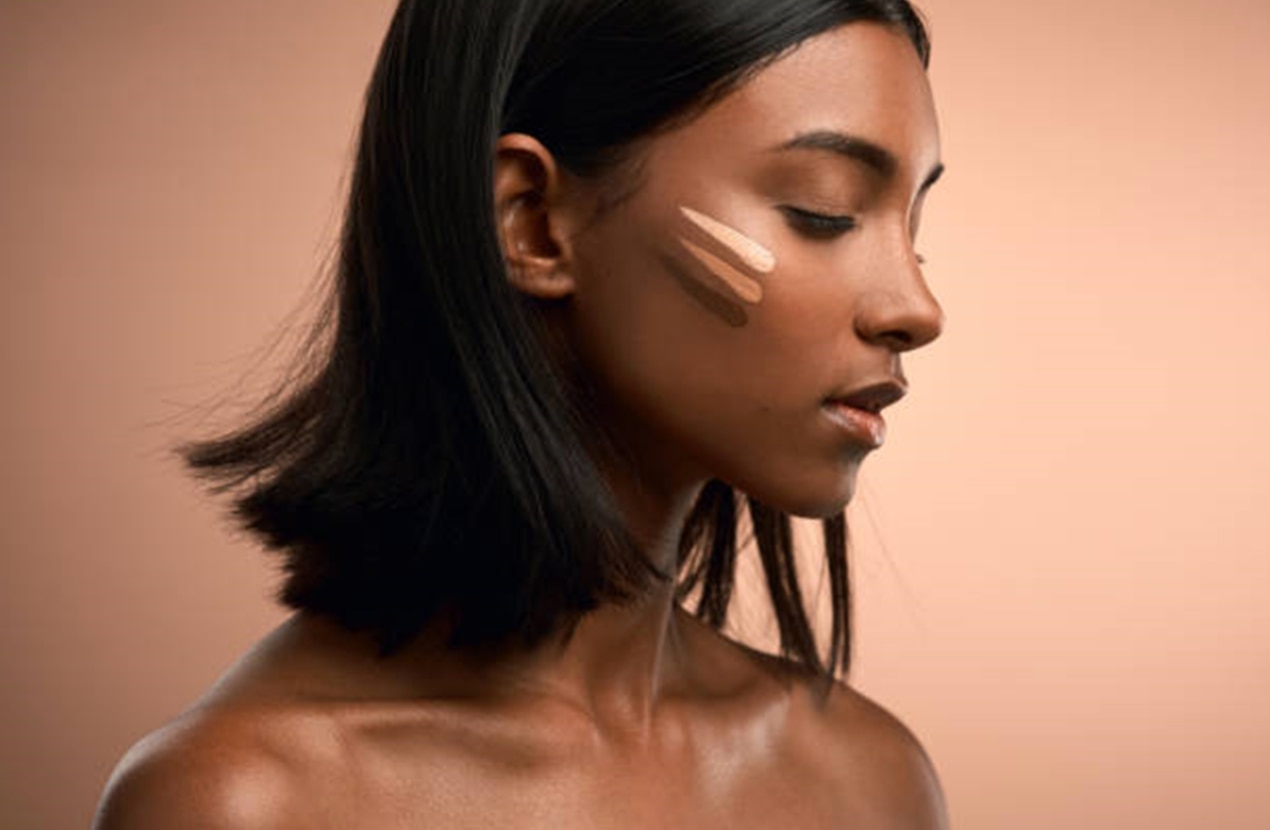
When buying foundation, we'd suggest following your gut rather than following unsolicited advice from friends or influencers. India is an expansive country with a diversity of skin tones, so what works for one person may not work for you.
So, how to choose a foundation shade for Indian skin? Apart from the colour of the foundation, you must keep an eye on its intensity, which is the light or darkness of the shade. You'll probably already recognise these foundation terms: light, light-medium, medium, medium-deep. Yep, each of these describe the intensity of your skin tone.
02What are undertones?
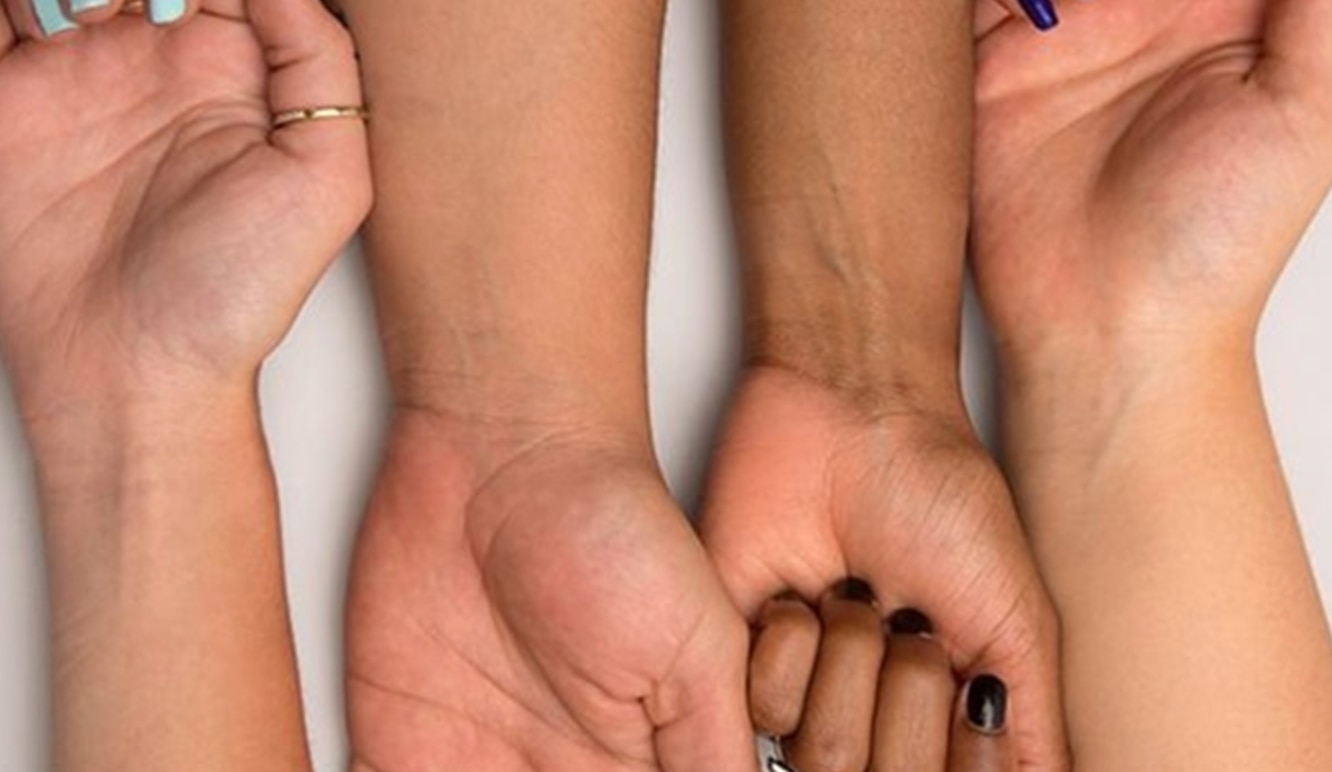
There may be a reason why you're buying the wrong shade, despite its swatch matching your skin tone. While your skin tone's surface can be defined as fair, medium, dusky or dark, you should also observe your undertone.
The undertone decides the actual colour of your skin. While your skin tone may change - thanks to tanning and sun exposure - its hue will always remain the same. This important criterion will work wonders when you're buying foundation online.
You can observe your undertones by looking at the inner side of your wrist. If your skin's colour is yellow, peachy or golden, you have warm undertones. If your skin has a red, pink or blue-ish tinge, you have cool undertones.
What does this mean when you're buying foundation, then? Say you swatch two foundation shades that are of similar lightness or darkness. The dealbreaker would be the hue. For warm undertones, the foundation should have a yellowish or peach hue. If you have cool undertones, however, the shade should be pinkish. If you have a mix of both warm and cool hues, you have neutral undertones. This means you can opt for a foundation based on just the light or darkness of your skin's shade.
03Is your face tanned?
Even if you don't fake tan, hanging out under the sun is bound to change your skin tone. The high points of your face - like your forehead and nose - are more exposed to the sun, so may differ slightly from the rest of your face. If you are a fan of the outdoors, it's best to match your foundation to your face. If you don't tan easily, pick the shade according to your true colour, which can be found on your jaw.
04Test it on your face, not your hand
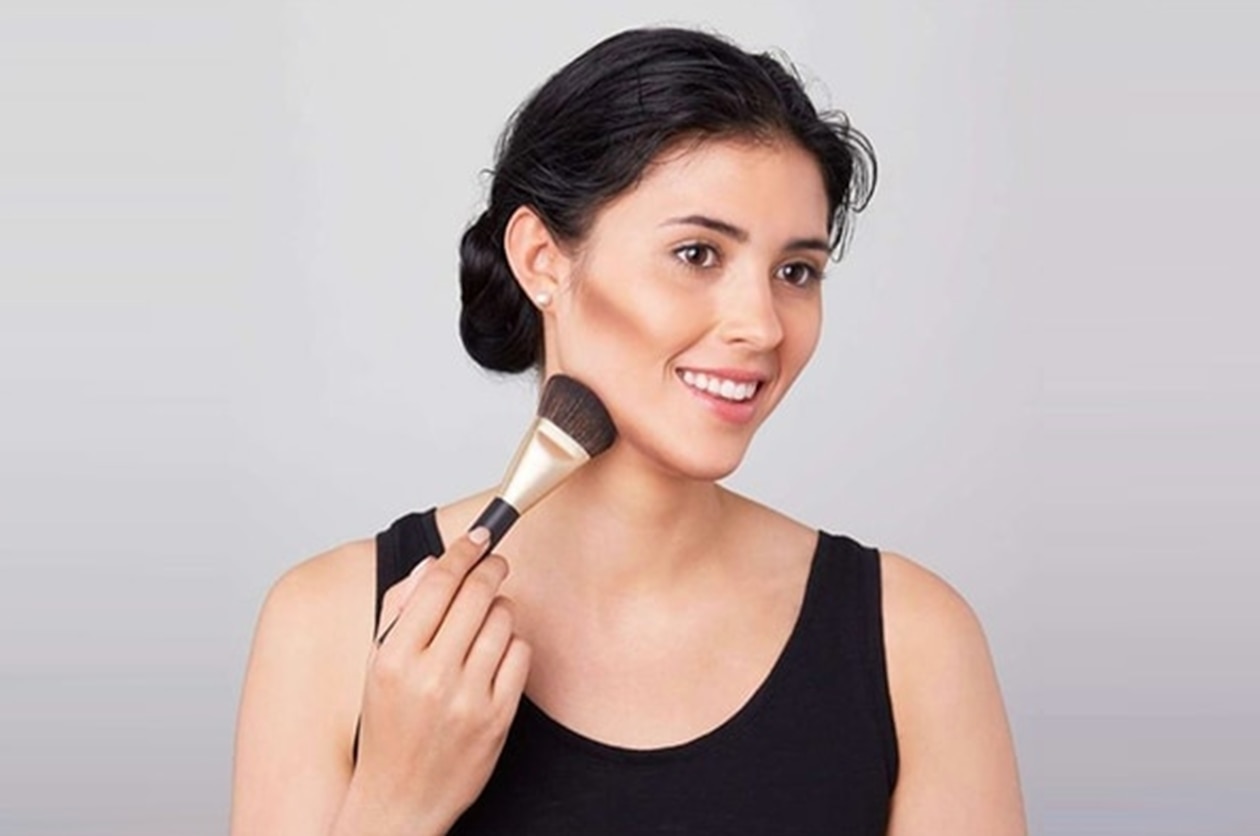
You can test all kinds of makeup products on your hand, from lipsticks to eyeshadows. But for foundation, it should always be swatched onto your face. The colour of your hand may not always match the colour of your face, as the face is more prone to tanning. The hand's undertone also happens to differ from your face's undertone. Testing on your face is also a good opportunity for seeing if the foundation blends into your skin seamlessly.
05Why you should always test on your jawline
When choosing the right shade, how and where should you test foundation? The sweet spot happens to be your jawline. The skin over there is the closest to your natural undertone, giving you an idea of how the foundation will look on your face and neck. Testing foundation using the correct method can also help, as some formulas require a brush or a beauty blender.
06Match it to your skin type
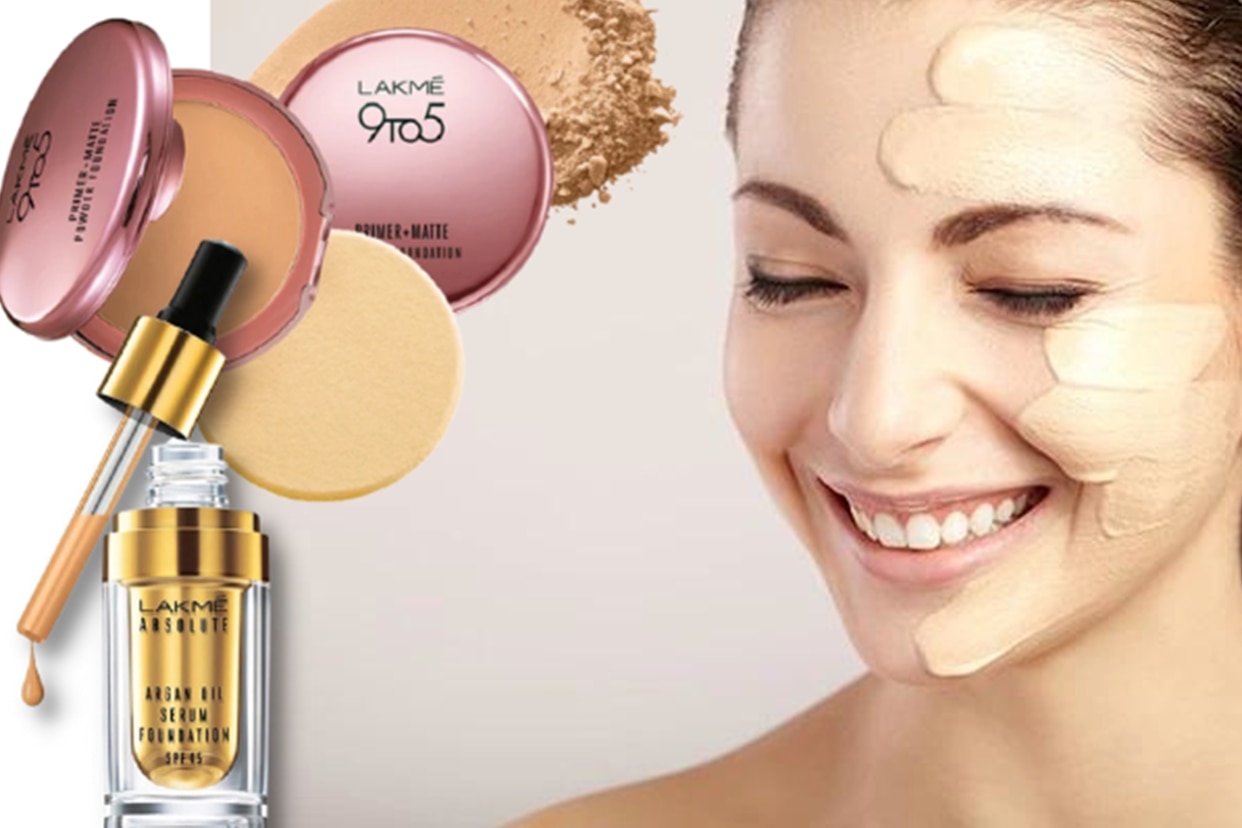
Just like skincare products, you need to keep your skin type in mind when choosing your foundation. After all, you'll want to avoid putting powder on dry and flaky skin or a heavy liquid foundation on oily and greasy skin.
If you have dry and patchy skin, to get that smooth base, opt for something hydrating like the Lakme Absolute Argan Oil Serum Foundation. This foundation contains argan oil – AKA liquid gold – and SPF 45 to protect your skin against UV rays. Lakme's foundation is renowned for nourishing your skin while instantly giving it a dewy and radiant look. It is also easily blendable, so that you won't have to worry about a textured or cakey finish.
Do you want something light for a casual workday? Or do you have oily skin? Let it breathe with the Lakme 9 to 5 Primer + Matte Powder Foundation, which absorbs excess shine and has a matte finish that lasts all day long. It also contains primer so that you can go about your day without reapplying it again and again. The clever kit doubles up as a face powder, which hides blemishes and fine lines, meaning no more oily or sweaty-looking skin after a busy day.
07Beware of in-store lighting
Whilst beauty store lighting is always bright and beautiful, it doesn't exactly match the lighting of the outside-world, where you'll eventually wear your full-face. To ensure that your foundation matches your skin tone in every location you visit, your best bet is to test it in natural light.
08Pick the right formula

Be careful about the ingredients
The beauty industry is becoming more ingredient-conscious, meaning you can relax about finding harsh chemicals in your beauty products. But it's still important to opt for products with ingredients that can nourish your skin. For example, do you have dry skin or acne scars? If yes, then foundations with natural oils, like argan or vitamin E, are for you. Or, are you prone to breakouts and acne? If so, look for non-comedogenic foundations.
The ABC’s of coverage
Before worrying about choosing the right shade, think about why you are buying the foundation.
What is the occasion or when do you want to wear it? Think about the coverage and then pick your foundation accordingly.
If you want a foundation for a wedding or festive occasion, select a creamy base with full coverage. This will also work well for those with acne or discoloured skin. If you want something light for daily wear, or just have a couple of blemishes, lightweight foundations with medium coverage are your best bet.
09Pick a blendable foundation
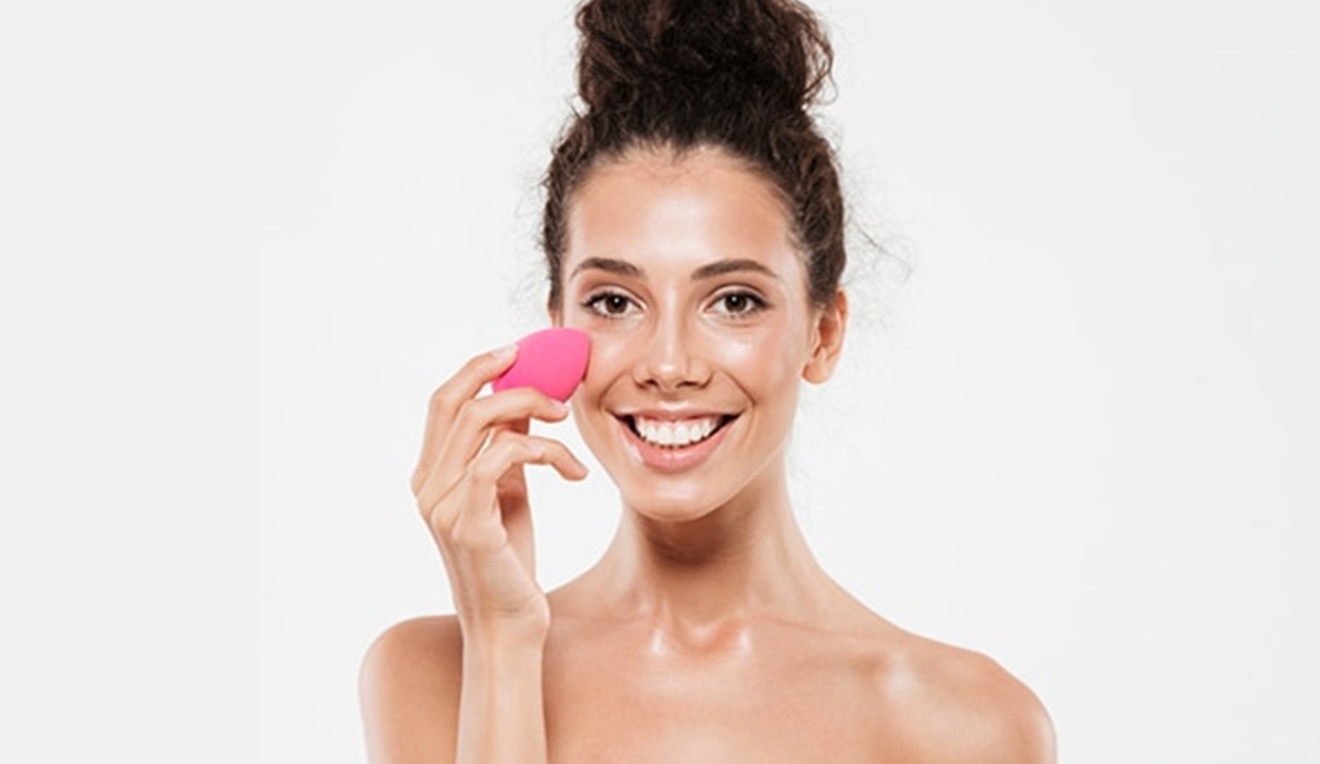
Whilst the whole point of eyeshadows and highlighters is to stand out, the very concept of foundation is to be invisible. A foundation should make your face look naturally flawless. This means, after covering up your blemishes and spots, your foundation needs to blend to the point of disappearing into your skin.
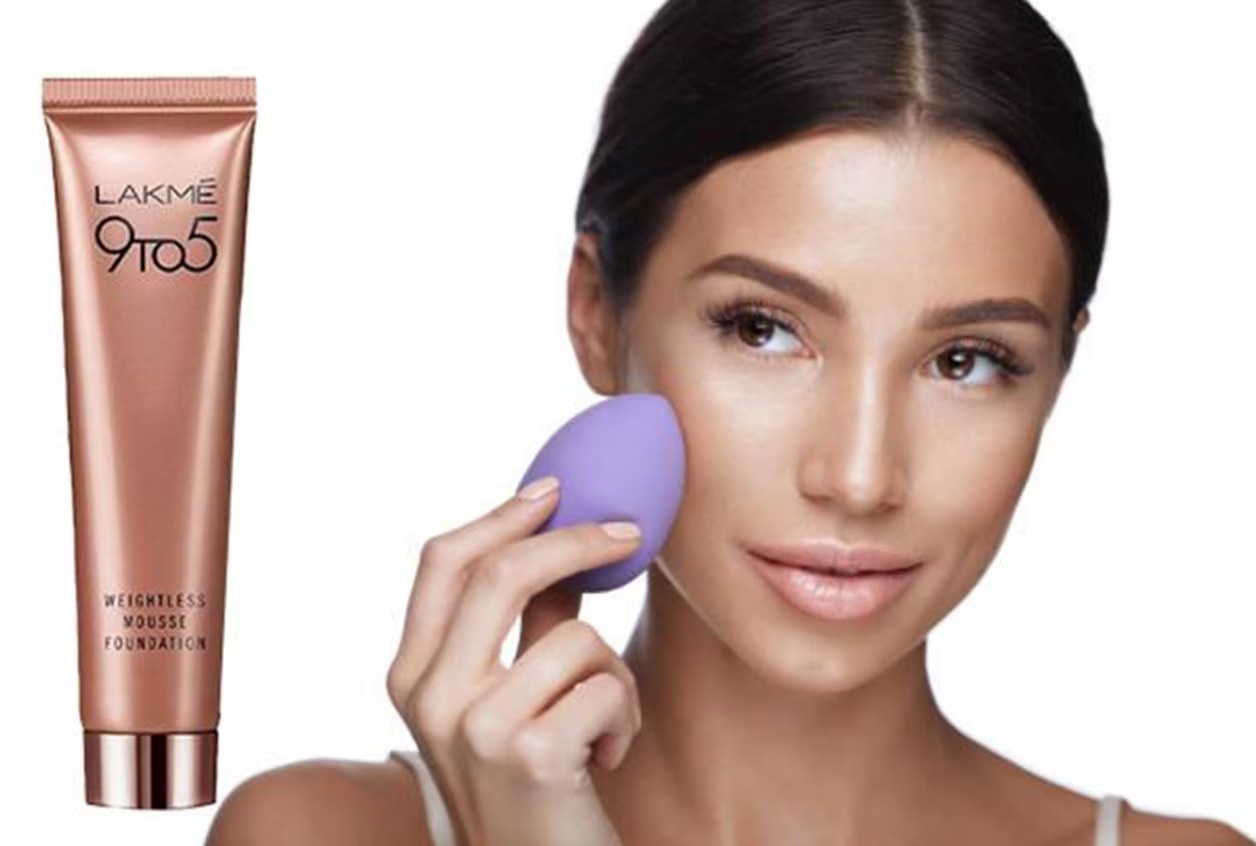
Think about what you are currently using
Before you choose a new foundation, take a look your current product, its shade, and the problems you're facing with it. Is it patchy or does it run when you sweat? Find the solution with your next foundation.
Do you dislike a heavy base? If so, try the Lakme 9 to 5 Weightless Mousse Foundation. Weightless like its name, it blends easily, meaning you won't end up with a cakey look. With full coverage results and SPF 8, it protects your skin from UV rays and lasts up to 16 hours, meaning no touch-ups.
Or is it the monsoons which are messing up your masterpiece? If so, opt for a water-resistant foundation, like the Lakme Perfecting Liquid Foundation. With vitamin E for moisturising your face in dry weather, the formula is also lightweight, meaning no more worries about sweat and humidity. The Lakme Foundation can survive all types of weather and won't run off the moment the rain hits your face.
Consult professionals
Are you jealous of your friends hitting the foundation-shade jackpot? Well, you can too with just a little more help. Consult a professional to help you match a foundation to your skin type.
They might even suggest new alternatives methods, like mixing two shades (yep, you are allowed to mix foundations, BTW). With over 7 billion faces on this planet, there are bound to be skin tones for whom the right foundation shade is yet to be created. So, if combining two shades is what you need to do, go ahead.

10Trial for 10 days
A big mistake that you might be making is resigning your fate after buying the wrong foundation. But makeup is all about trial and error. So, to see if the shade and its formula will suit you, keep trying out the foundation in different lighting and with different application methods. Make a final decision after about a week before chucking anything away.
What are your favourite tips and tricks for choosing foundation? Let us know in the comments...








